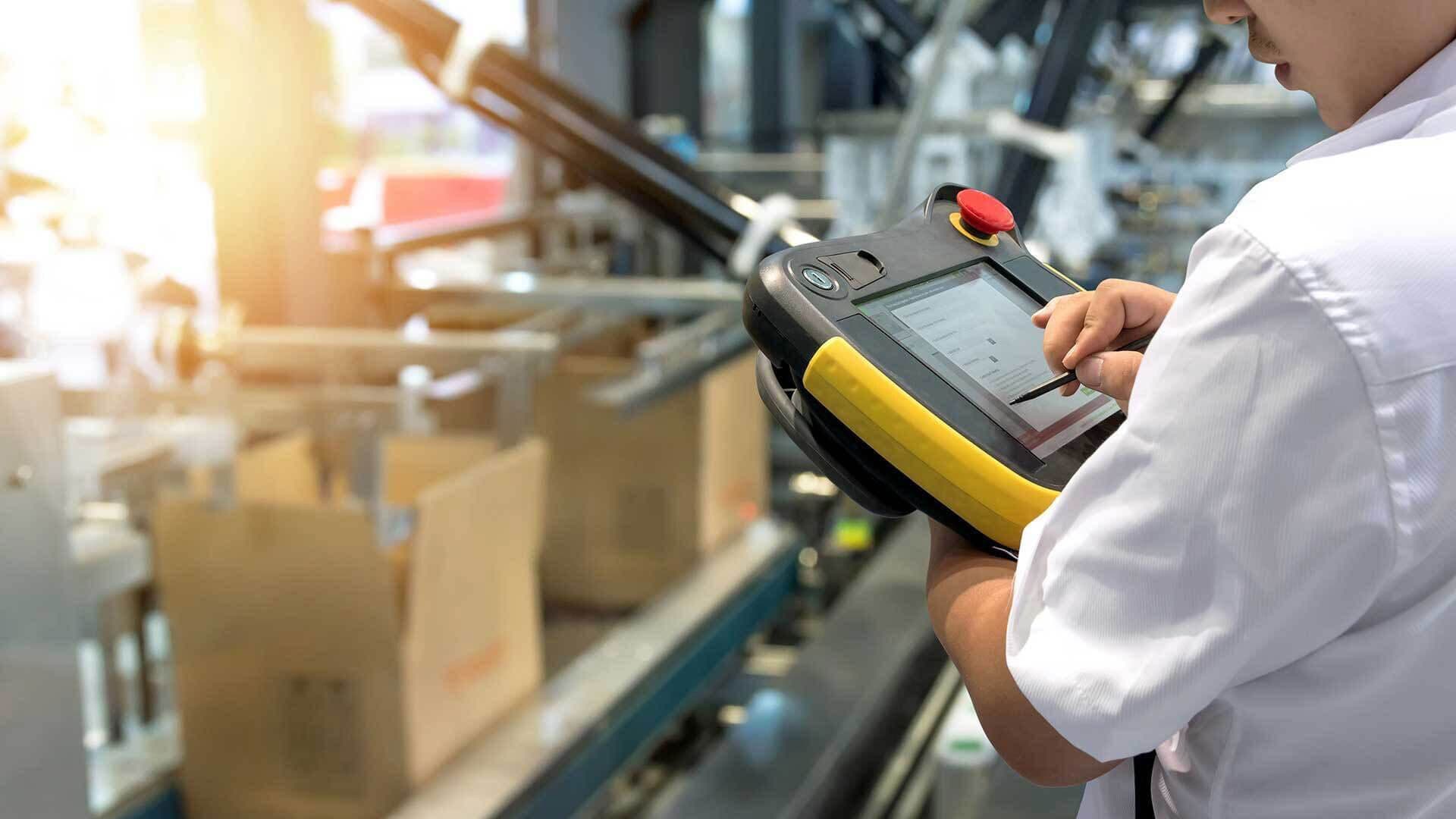What Is An MES?
A Manufacturing Execution System (MES) is a software or computerized system commonly used in the manufacturing industry. It is employed to monitor, control, and document the processes which transform an item from being a batch of raw materials into a finished product.
An MES can vary in complexity -- from almost being considered an ERP to a very simple process control system (e.g. within a spreadsheet).
The MESA International, commonly known as Manufacturing Execution System Association, originally defined an MES as having the following attributes:
- Operations detail and sequencing
- Resource allocation and status
- Dispatching production units
- Performance analysis
- Maintenance management
- Process management
- Quality management
- Data Collection/Acquisition
- Product tracking and genealogy
- Labor management
- Document control
In recent years, an increasing number of manufacturing and production enterprises have shaped their processed to adopt more innovative solutions as a result of the Industry 4.0 revolution.
Since then, the MES model has been changing.
To better illustrate the current MES modularity and interoperability, we have adapted MESA's newest model with using the capabilities of our work instruction software below:
Why Is MES Needed?
The Manufacturing Execution System centralizes all essential attributes to promote a company's effectiveness. At the same time, it also divides those main attributes vertically.
The new model features a series of Strategic Initiatives identified as the overall enterprise goals (e.g. Lean Manufacturing). Next, MES integrates into the plant-level operations, denoted as Business Operations in the image, all the way to the actual Manufacturing/Production Operations' level.
It is important to keep in mind that an MES is a software solution first and foremost.
Before you plan the roadmap to success using MES for your company you should consider if SaaS is a viable option for your company's actual abilities. Don't get us wrong, we encourage all manufacturers to shift their vision towards a Smart Factory, but it is crucial you consider all of the involved factors.
VKS As An MES
VKS is a Smart Manufacturing solution and its purpose is to help manufacturers continuously improve their operations. With our unique vision, we strive to help any company without a software in place to guide its operations towards maximum efficiency and productivity.
At its highest level of integration, VKS lets companies start with clear and concise work instructions, which sets the tone for the entire plant operations at the most basic levels.
By using the VKS software, you also gain a paperless shop-floor that easily integrates all your drawings, plans, and job specifics in one place.
By simplifying and streamlining all your processes you develop a digital workforce. In return, this lets you capitalize on quality by having all your employees execute your best practices.
If your company has an ERP in place with the capacity to do resource management and scheduling, VKS can help you bridge the gap between your shop floor and all of the information you collect.
VKS is the IoT solution for capturing and facilitating the data transmission of your critical events directly from the employee while minimizing data entry (transactions) that feeds your ERP.
All these competencies will maximize the overall enterprise productivity and seamlessly integrate all your processes into a lean operation, the main MES goal.

Integrating VKS Within Your MES
If you already have an MES, then there's a good chance that you view it as a key component of your operations. But most MES fall short when it comes to showing your employees the details of each job.
Using VKS, you can bridge the gap between your shop floor and your information systems.
In this scenario, you can use VKS to provide the most comprehensive visual work instructions by presenting your processes using pictures, videos, annotations, and text. The two are easily brought together, simply create your work instructions within VKS, and then link them into your MES.


